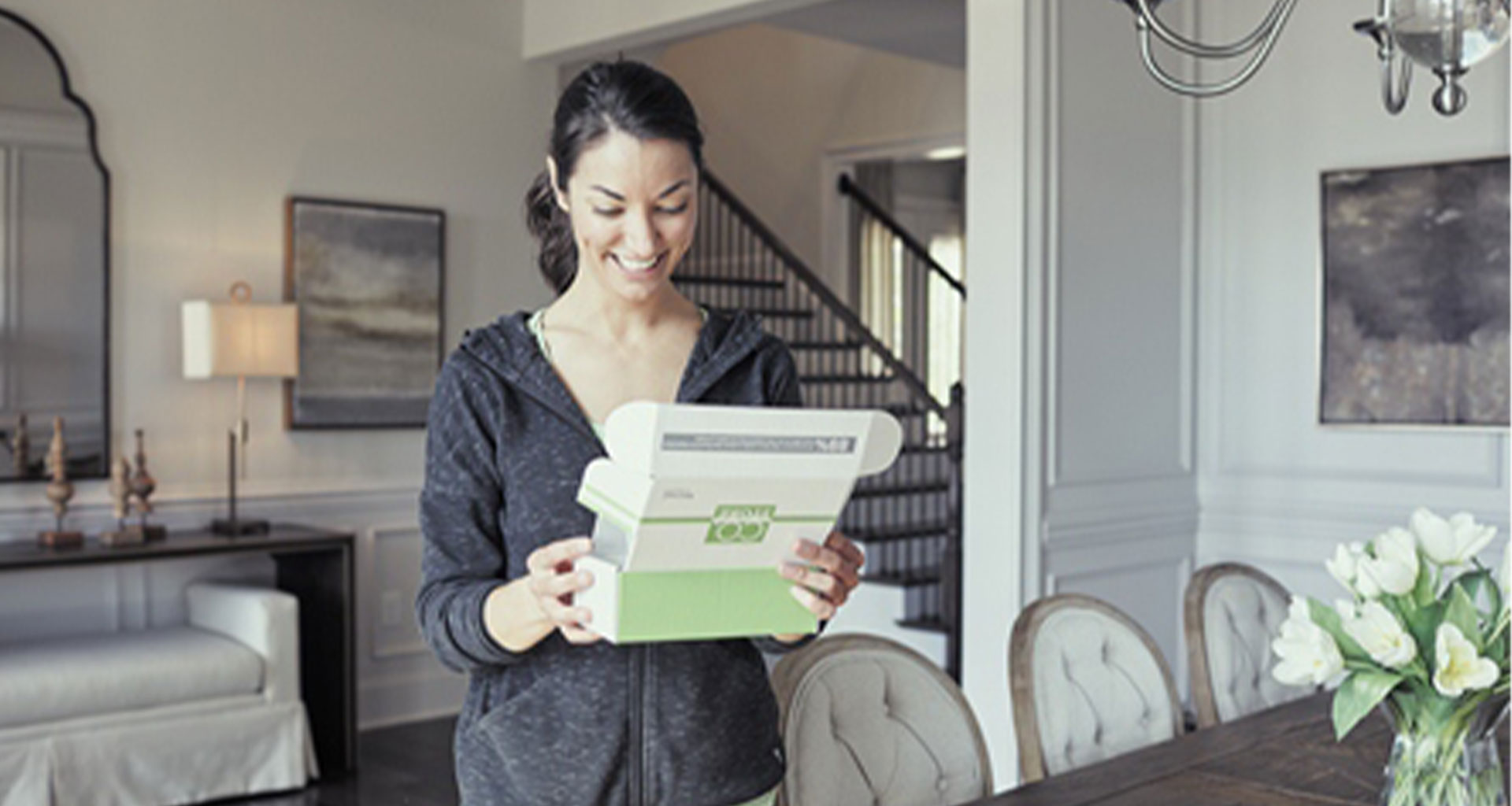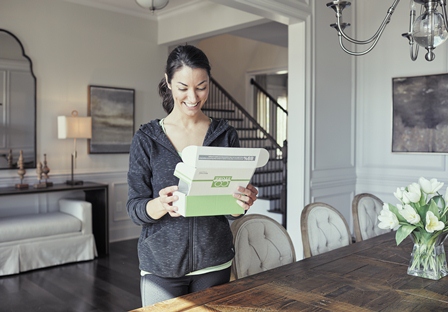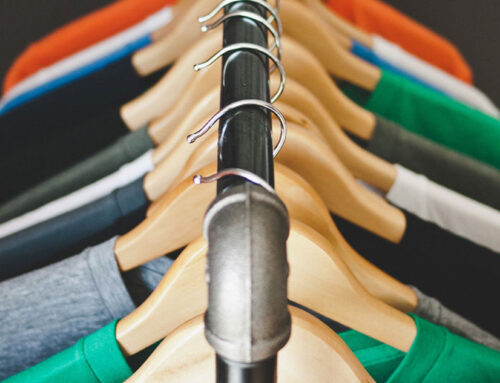
by Susan Bell
No matter how you look at it, it’s a scary time for brick-and-mortar retail right now. Companies are closing, malls are emptying, and shoppers are leaving. It’s a trend driven by reliance on and preference for e-commerce. People are in love with the convenience of online consumerism.
Already in the first four months of 2017, 10 retailers have declared bankruptcy, one more than the number that filed in all of 2016. And “the industry’s pain is far from over,” according to CNBC. “The number of retailers on Moody’s distressed list is also at its highest level since the Great Recession.”
Troubling? Yes. Dire? Not just yet.
Though there’s some consternation about how retailers will ultimately need to adapt, it’s definitely not time to sound the death knell for brick-and-mortar. Customers are still visiting stores and still crave the tactile shopping experience they encounter there. But things need to get kicked up a notch inside those stores in order to compete with the rapid growth of e-commerce.
What I heard loud and clear at the recent Women in Retail Leadership Summit was how important personalization, customization, and influencing are to the future of retail. No longer are price, selection and location leading factors that differentiate brands. Retailers are now seeking ways to build relationships with customers, said many attendees at the summit, which included women executives from Neiman Marcus, Revlon, Talbots, Land’s End, and other major companies.
“You can’t underestimate the value of brand in the connection with a customer,” said summit speaker Toni Miller, CFO of Boscov’s department store. “It doesn’t matter where we interact with the customer be it in store or online. Those who connect, find a bond, and make things simple are the ones who succeed at e-commerce.”
But succeeding at e-commerce also requires a consistent customer experience and the ability to bridge the gap between physical stores and websites. One of the best ways to build that bridge is during the unboxing portion of the customer journey. Every package a brand or company sends to a customer’s home presents an opportunity to delight or disappoint.

The experience out of the box should mimic the experience in the store in order to expand the reach and impact of the brand on the consumer.
Tapping into the same clienteling data (e.g. preferences, behaviors and purchases) obtained for in-store interactions, retailers can create a personalized unboxing experience that also reinforces a company’s vision and lifestyle. From the outside of the box to the inside of the box, retailers now have the ability to provide personal touchpoints and produce sensory cues that elicit the same type of mood boosts brought on during the act of shopping.
Special types of corrugated boxes can complement a product’s appearance by combining cushioning protection and presentation, while creating an off-the-retail-shelf effect.
Brand-enhancing images, messages, and logos can be printed on boxes and carried over to the protective packaging materials inside. Inflatable cushioning materials wrapped around products can be molded into custom designed shapes and phrases. In the future, those protective materials may be also be scented.
To make unboxing even more personal, customer data can used to produce hand-written notes, thank you cards, special offers, and samples which are tailored to individual shoppers and enforce a brand’s storyline and build customer loyalty.
Picking just one of these packaging options can set retailers on the path to exceeding expectations. It all comes down to one thing: The box is now the store and how retailers merchandise it (or don’t) will affect customer retention and future sales.
Related Link
https://sealedair.com






